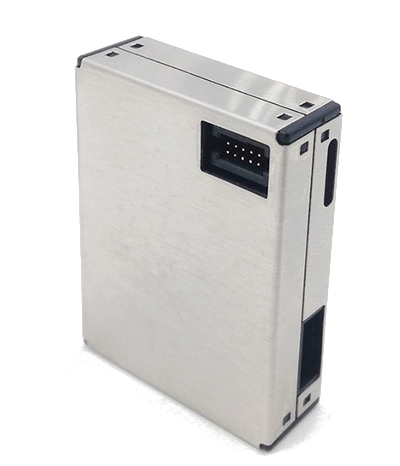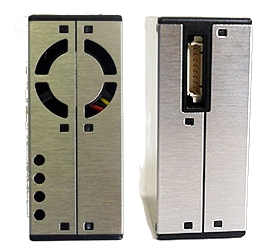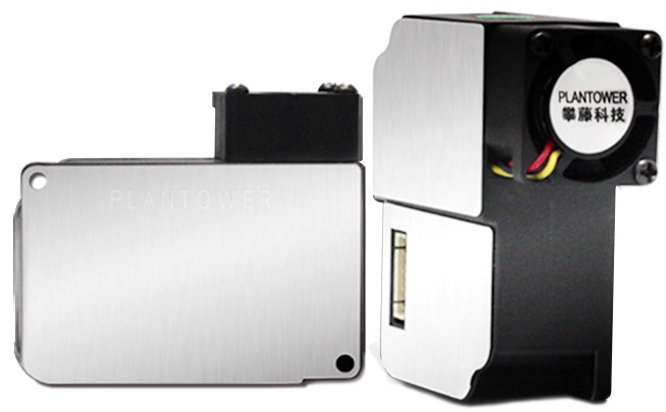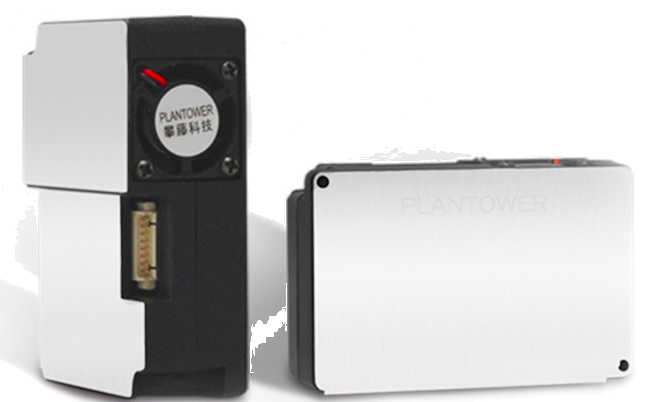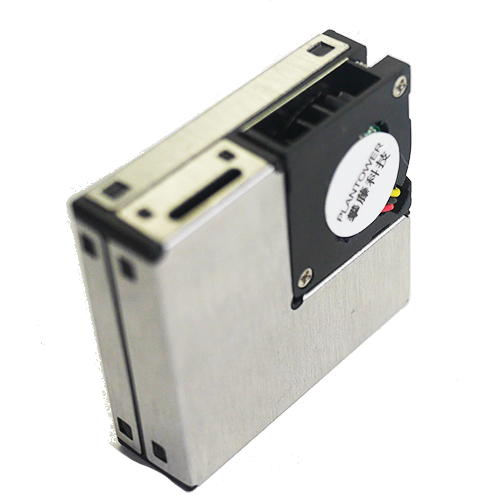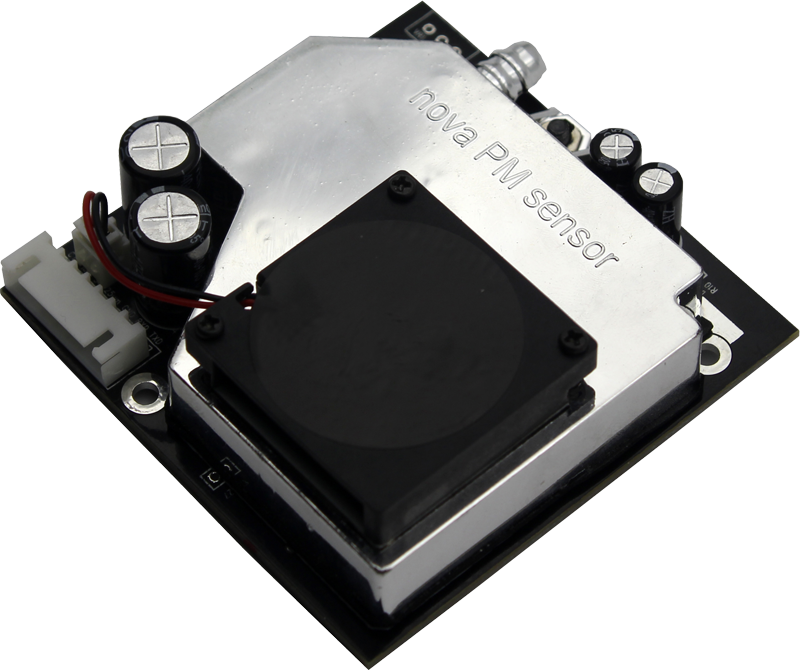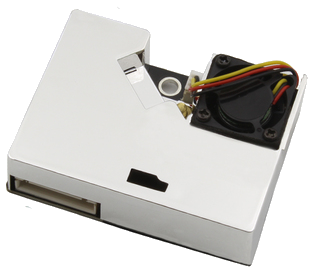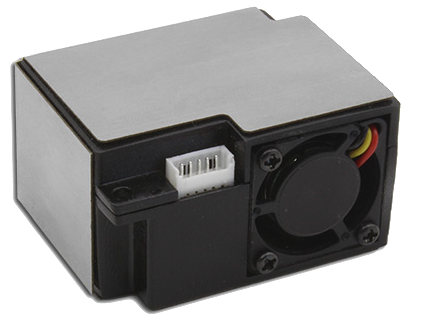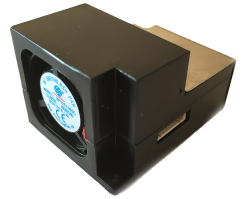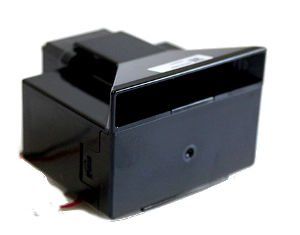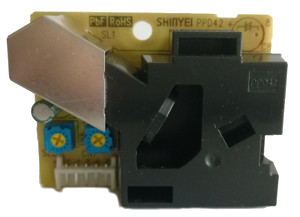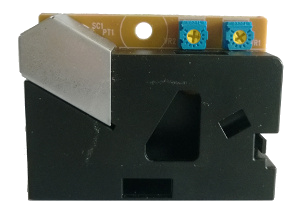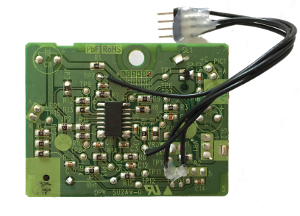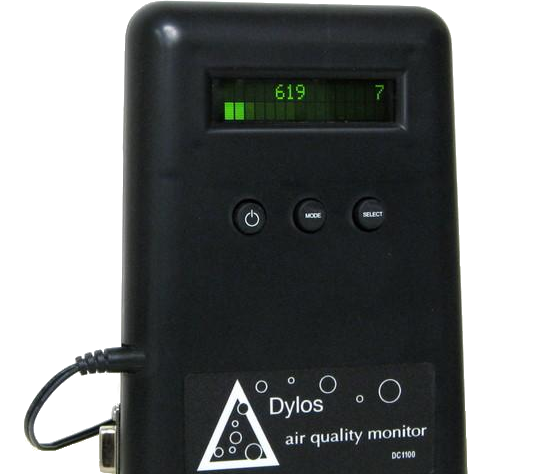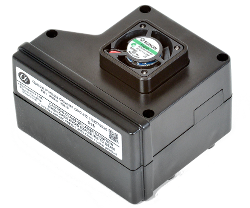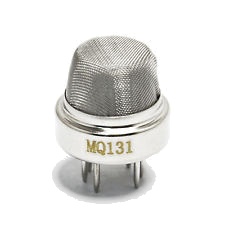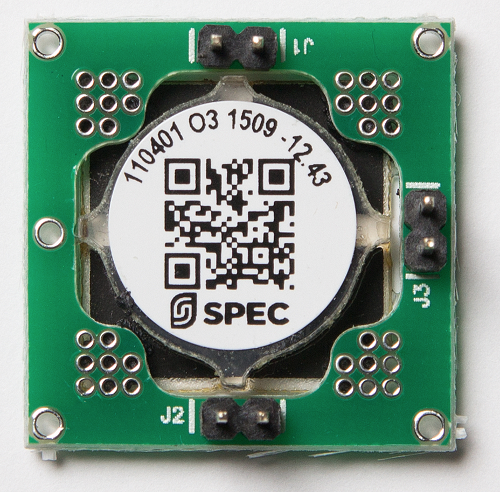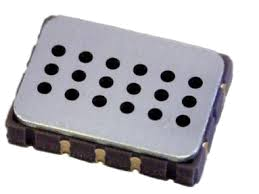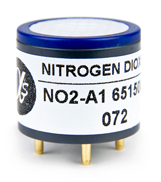Share: aqicn.org/sensor/kr/
Air quality monitoring device & sensors research

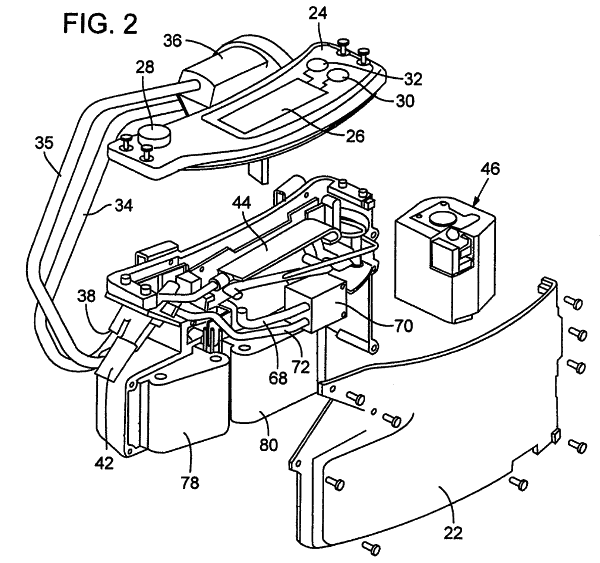 Patent US7947503: Monitor and methods for characterizing airborne particulates
Patent US7947503: Monitor and methods for characterizing airborne particulates Even more recently, ultra-affordable sensors are starting to appear on the market - many of them linked to the IOT trend of sensing everything. While most of them are purely gimmick, and so definitely useless toys, some of them are starting to achieve performances comparable to professional monitors, at one hundred time less of cost of them. In order to asses the reliability of those sensors, the Earth Sensing Labs from the World Air Quality Index project is and has been conducting many Air Quality Sensor research and live-data experiments from many years.
